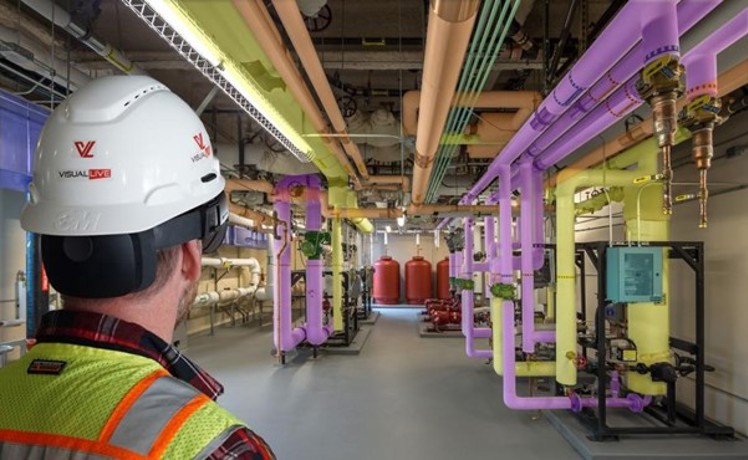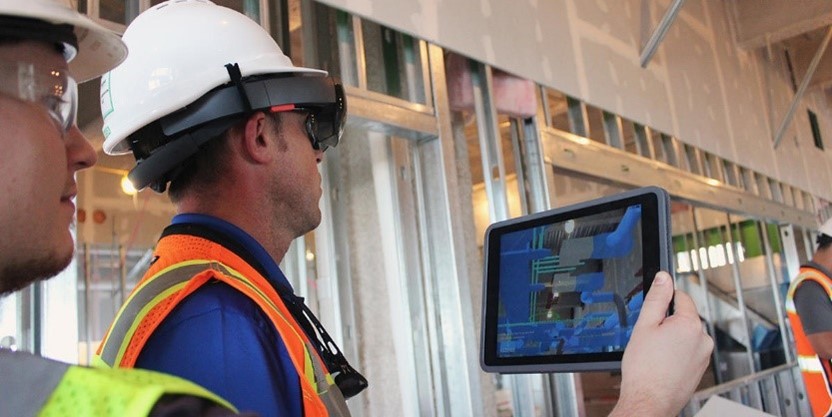Taming the Wild BOM: Why You Need a PLM System to Corral Your Data
Learn why you need a PLM system to help corral your data in our latest blog.

Over the last five years, technology on our construction sites has really advanced, from tablet devices, drones and 360 Cameras becoming a daily norm. It is great to see how the industry is embracing the gadgets that are really bringing home benefits and helping us reduce the waste we produce during construction.

One area of technology that is still gaining traction is the use of Augmented Reality (AR) for Construction. Many think that AR and virtual headsets is a step too far for our sites today, but is this right?
Building Information Modelling (BIM) has taken a while to be embraced by contractors as we still build off 2D drawings and information, and traditionally handover building information in the form of drawings, Operation and Maintenance Manuals (O&M Manuals), Health and Safety Files (H&S Files) etc. However, this is changing as models, Construction Operations Building Information Exchange (COBie) data, Fire Safety Information Exchange (FIREie) data, and linked digital O&M information are now becoming part of our deliveries.

So, how can we benefit from using the model that now generates our 2D drawings. This is exactly where augmented reality for construction can bring huge benefits and can bring our environment to life during pre-construction. The models can be brought into head sets where the actual real environment can be seen, but at the same time, we can overlay the model into this environment and check for real life coordination in our real world. So, lets say the shell and core have been constructed on site, and in the structural walls we have the cast in penetrations, if we then have off site service spools being generated, the AR technology can check to see if the proposed service fit in the actual space and coordinated with the existing penetrations.
I know what you are saying, if you wear a head set on site you need to consider H&S issues for tripping etc. This is why we can also bring the AR experience through the tablet devices to deliver the same experience. Now we can verify the model before fabrication takes place and the model can be amended to reflect the required changes, where it is far cheaper to amend rather than in physical materials.
Augmented reality for construction can also bring benefits when we are looking to monitor construction progress and as-built verification, as we can overlay the model to the actual constructed materials out on site. If they are present and installed in the correct position, this can be recorded and reported back through the AR platform, and dashboard analytics can be presented so the install can be monitored. If the elements have been installed but are in the wrong position, these issues can be raised. We push back to the model owner to rectify the model and actually deliver a far more accurate constructed deliverable; this is far more constructive than trying to interpret red line marked up drawings for the installation changes on site.

So, AR has a part to play in our future digital construction strategy, but we just need to embrace and implement the technology correctly, and manage its use on our sites today.
Click here to learn how you can use AR to model pre-construction, monitor during construction & see-through walls post-construction with Unity's VisualLive.
Learn why you need a PLM system to help corral your data in our latest blog.
Learn about BIM to GIS Collaboration Patterns Between Owners, AEC Firms, and Municipalities in our most recent blog post.
Learn about the Dynamic Duo of Water Infrastructure Management through Autodesk’s InfoWater Pro and Esri ArcGIS in our most recent blog post.
